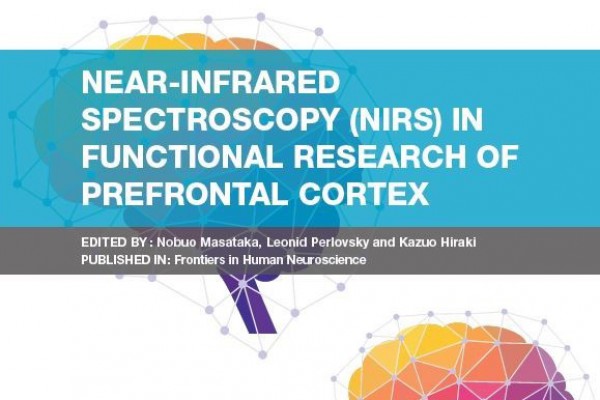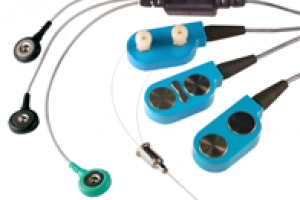Near-infrared spectroscopy (NIRS) in functional research of prefrontal cortex
Functional near-infrared spectroscopy (fNIRS) uses specific wavelengths of light to provide measures of cerebral oxygenated and deoxygenated hemoglobin that are correlated with the functional magnetic functional imaging (fMRI) BOLD signal. fNIRS has emerged during the last decade as a promising non-invasive neuroimaging tool and has used to monitor various types of brain activities during motor and cognitive tasks with increasing interest from research communities. One can see classical comprehensive reviews of such investigations elsewhere (Hoshi, 2003; Koizumi et al., 2003; Obrig and Villringer, 2003). While various MRI methods documented in the literatures have provided essential information about the brain systems concerning these issues up to the present, they have two major limitations, their requirement for participant immobility and their high operational cost. Particularly, the former rules out the use of such techniques for investigating brain dynamics during every activities such as walking and running. On the other hand, fNIRS can be used under less body constraints than other imaging modalities require. Moreover, it is quiet (no operating sound). Thus, the conditions for performing fNIRS measurements are much more comfortable for human as well as non-human subjects (Wakita et al., 2010). In addition, it provides higher temporal resolution (faster sampling frequency). In this respect, fNIRS is useful for studying brain activity under more “natural” and therefore much more variable conditions though it can only monitor cortical regions with less spatial resolution (usually in the centimeter range).





Related Posts